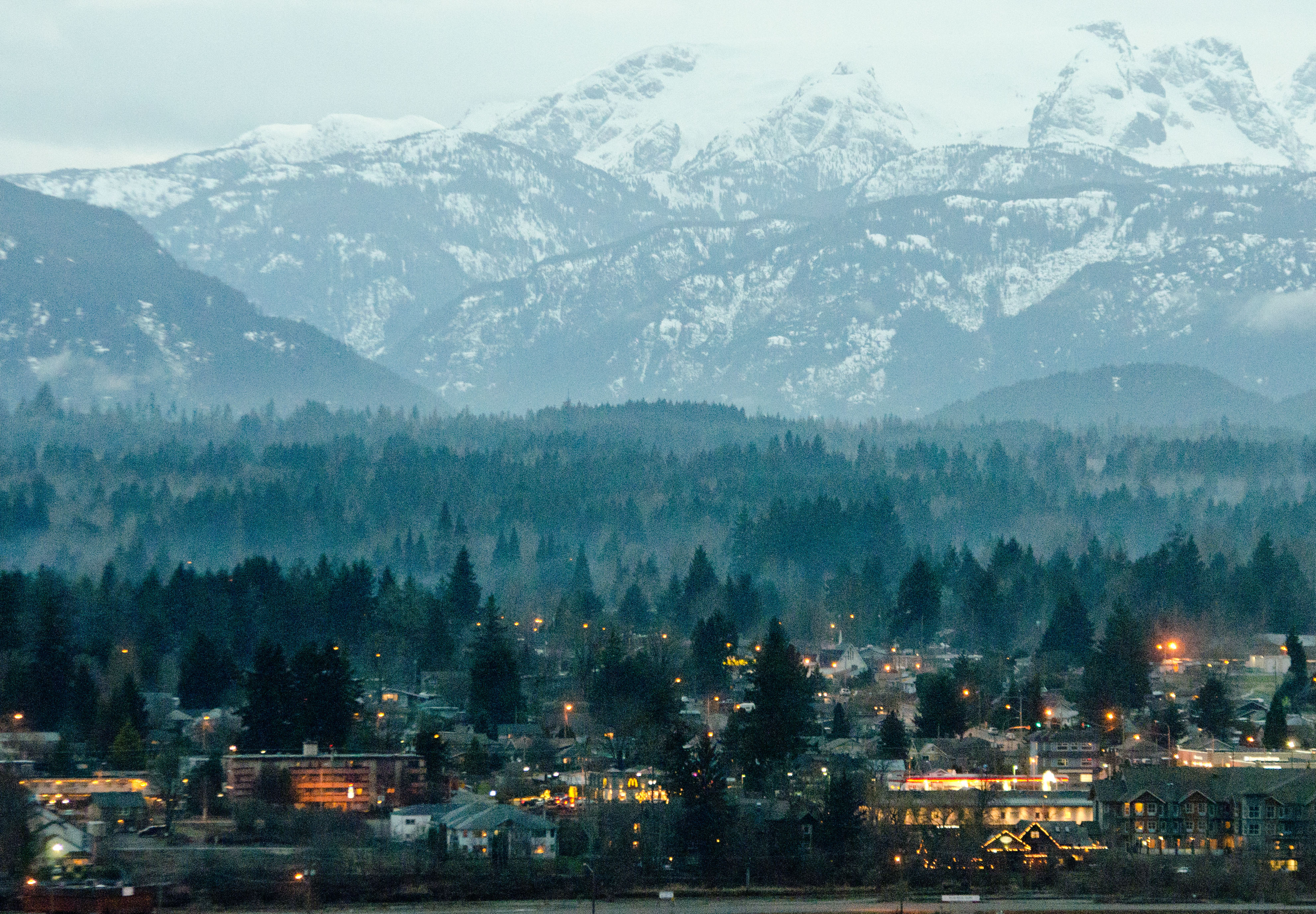The last three years of hot weather with little rain and snowfall have had a profound impact on glaciers in the province, including the one situated above the Comox Valley.
That’s according to research professor at the University of Northern BC Brian Manounos. He says the Comox Glacier is the largest glacier on Vancouver Island. However, it is a very small glacier and has taken a big hit.
“This is largely due to conditions that have been caused in the last 20 to 30 years by enhanced greenhouse gasses, but also because this last year has been notably dry,” said Manounos. “Anytime you combine warm conditions with dry conditions that’s a recipe for glaciers not to be in a healthy state.”
He adds Comox Glacier has not been retaining its seasonal snowfall over the last two to three years. 2021 was the worst year on record in Western Canada in terms of glacial mass loss, 2022 looked like it would have been okay until the dry autumn and Manounos says this year is on track to be worst for mass loss.
“We can’t keep having year to year record mass loss. The glaciers cannot sustain it,” said Manounos. “We really have jumped off a cliff, we haven’t slid off that cliff and it really is a call for us to rapidly reduce greenhouse gasses in our atmosphere.”
This is a problem for the area, according to Manounos, as glaciers serve an important role during dry spells to keep the surrounding area nourished.
“Many of the high elevations on Vancouver Island receive snowfall in the wintertime. Seasonal snow provides that ‘lions share’ of water,” said Manounos.
“But when you get into these situations of drought-like conditions, that’s where these glaciers provide that important buffering capacity. If you take those glaciers away, you have small headwater streams that are much warmer than what they were.”
Manounos says they will be doing direct observations of the ice thickness on the glacier through a partnership with the Hakai Institute, the university and Vancouver Island. He says the maximum thickness of the glacier’s ice could be up to about 70 metres, but that is the maximum.
He says they monitor this using LiDAR to figure out the distance between an aircraft and the surface below, estimating the elevation change on the mountains below, but more investigation is needed.
With conditions the way they are, however, Manounos says the only way for the glacier to stay around in future decades is if the climate gets cooler, and more precipitation falls.
“Unfortunately, it’s not going to get cooler in the decades ahead. It is projected to get slightly wetter but unfortunately it’s going to be warm enough that much of that additional precipitation does not fall as snow,” he said.
However, he says that during that time more monitoring will be needed to improve models for future projections on the health of the glaciers.
“It’s really a call out to the community to increase that monitoring effort,” he added.






